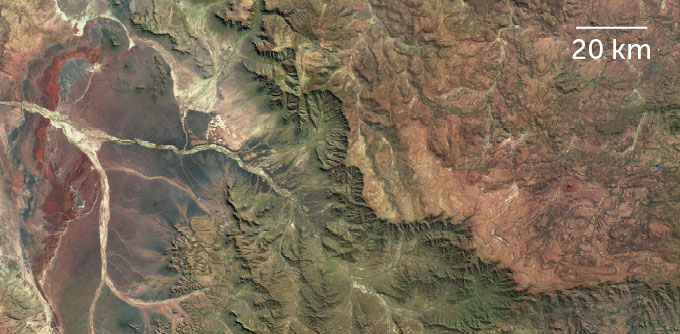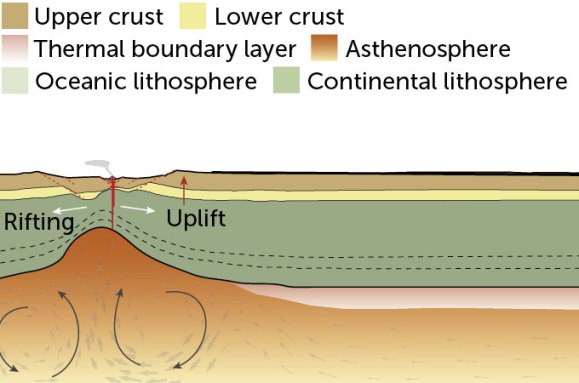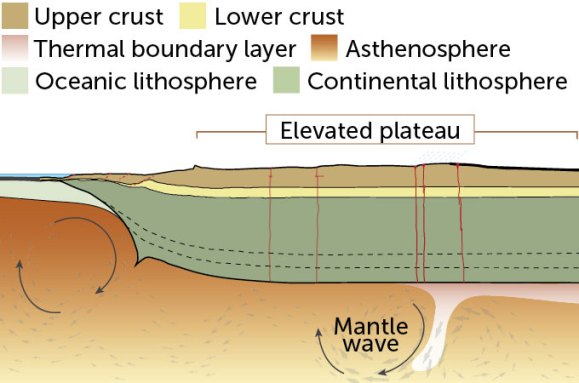Extreme Climate Survey
Scientific news is collecting questions from readers about how to navigate our planet’s changing climate.
What do you want to know about extreme heat and how it can lead to extreme weather events?
At the center of this story are cratons, large blocks of mostly crystalline rock that typically occupy the interior of continents. They are the oldest fragments of the Earth’s crust, with many of them having formed more than 2.5 billion years ago, during the Archean Eon. Much of the crust that once existed on Earth has been destroyed at subduction zones, where one tectonic plate sinks beneath another in the mantle. However, the Kratons avoided this fate.
Cratons owe their longevity to their roots, Foster says. Cratons are much thicker than the surrounding continental crust, with keels that can extend hundreds of kilometers down into the mantle. Keels are relatively buoyant, helping to keep cratons afloat and intact while other parts of the crust sink.
But something about cratons had long puzzled geologists. Some, such as the Kaapvaal craton in southern Africa, are topped by vast plateaus that are surrounded by dramatic escarpments. But cratons are assumed to be stable and are often located far from the uplift tectonic activity that occurs at plate boundaries. So what raised these plateaus?

Some studies have suggested that landforms appeared when the craton passed over a large plume of material rising from deep within the mantle (SN: 15.3.23). But the geological record doesn’t seem to support that explanation, says earth scientist Thomas Gernon of the University of Southampton in England.
So Gernon and colleagues used computer simulations to track the evolution of a rift that opened up in the middle of a continent. They found that pressure changes beneath the rift drove circulation in the mantle, driving a wave that propagated laterally under a continent roughly 20 kilometers every million years.
When the wave encountered a keel of the craton in the simulation, it jumped and swept material into the mantle. This gradually unloaded the continent, causing the upper surface to rise up like a ship relieved of its cargo. This uplift followed mantle waves for hundreds of kilometers across the craton, raising a stable plateau roughly one to two kilometers high, Gernon says. And as these raised areas were eroded by wind and water, the surface rose even more.
The researchers also correlated their simulations with geological data. From previously published research, they extracted geochemical data from rocks on the southern African plateau, which recorded the thermal history of the plateau. The data showed that faster cooling rates — an indicator of when the rocks were rising faster — swept across the plateau at a rate consistent with the migration of a mantle wave.
The study ties together many different hypotheses, says geophysicist Cynthia Ebinger of Tulane University in New Orleans. Scientists had previously linked rifting to kimberlite volcanism and showed that the keels of the craton can be hidden by material circulating in the mantle.SN: 19.9.23). But until now, no one had connected those parts to the enigmatic topography of the craton.
“These Archean fragments are still controlling aspects of plate tectonics,” says Ebinger. “That early stage in Earth’s history is still very important.”
#waves #mantle #lift #continents #adorn #diamonds
Image Source : www.sciencenews.org


